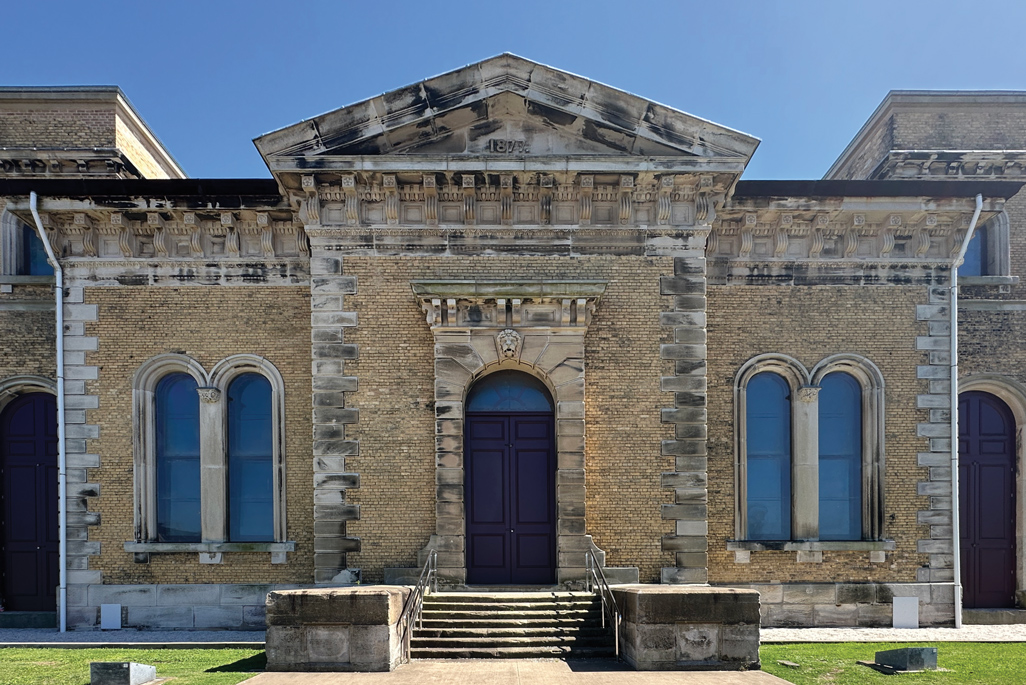
The Pump House
Dormant since the 1960s, a thoughtful preservation project is bringing Carrington’s Hydraulic Engine House back to life.
To stand in front of the massive doors and windows of Carrington Pump House is to wonder at 19th-century industrial technology.
To consider a time when this beautiful building was in its prime and helping Newcastle become the largest coal export port in the world.
Built in 1877 and correctly known as the Carrington Hydraulic Engine House, the ‘pump house’ remains a stunning heritage icon of Newcastle’s Victorian-era emergence as a global coal export powerhouse. The pump house was integral to expanding the coal trade, providing hydraulic power to the cranes that loaded coal onto ships. It symbolises the government’s significant investment in Newcastle’s infrastructure to bolster the economy.
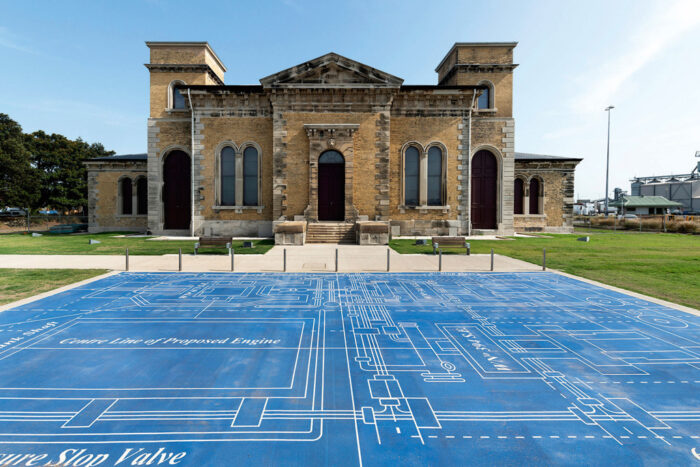
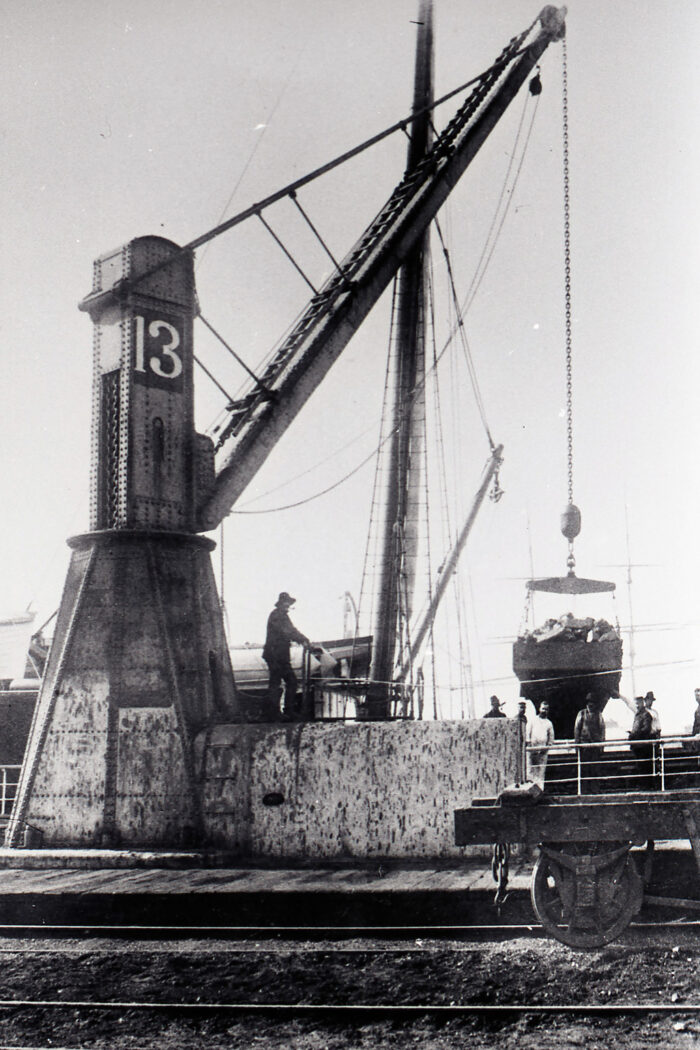
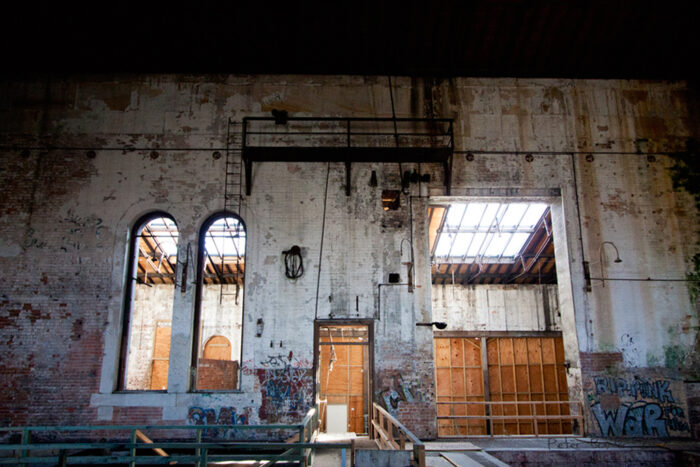
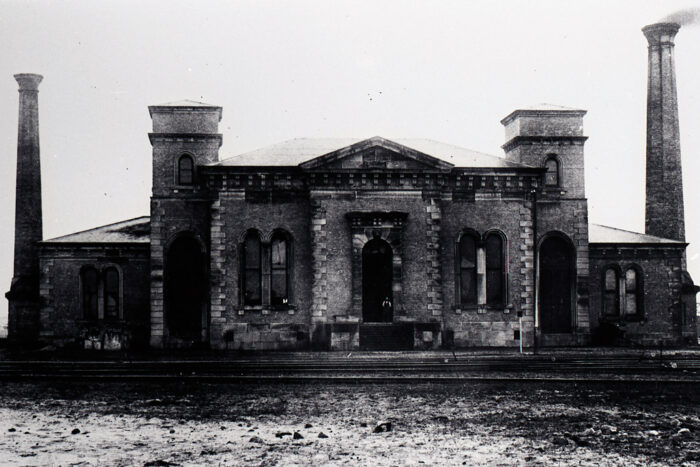
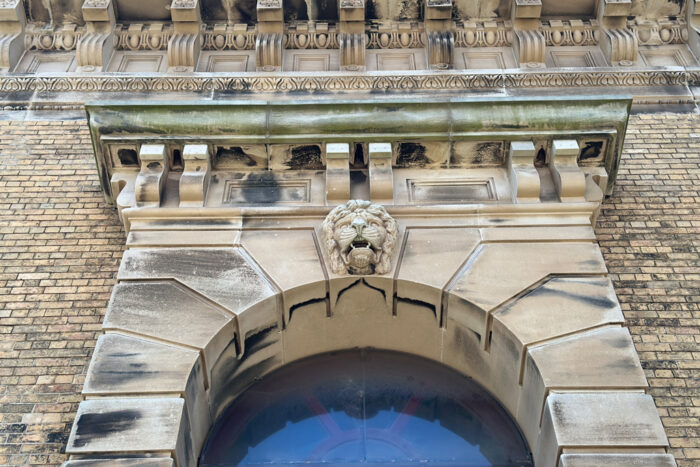

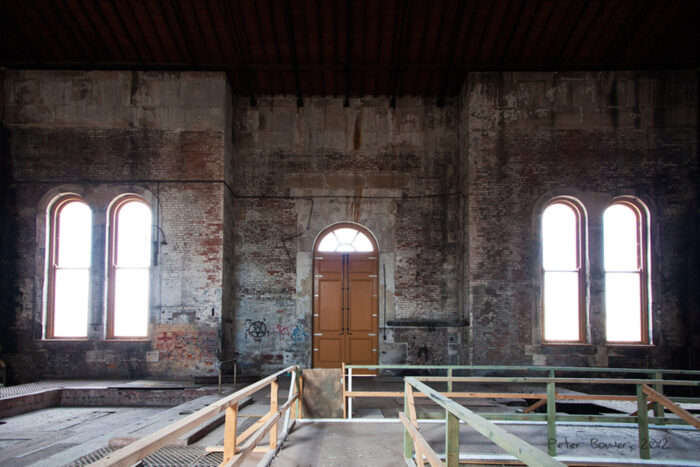
In 1831, the colonial government had withdrawn from coal loading at Newcastle, but resumed the work in the mid-1860s following complaints that the largest mining companies had monopolised the waterfront. Although steam cranes and coal loading staiths were provided, these proved problematic, and the mining companies began to press for better facilities capable of cheaper operation and easy expansion.
Edward Moriarty, the Irish civil engineer responsible for several maritime projects along Australia’s east coast, was very familiar with Newcastle as an engineer on the Hunter River improvements project. In 1855, Moriarty had surveyed and mapped the Hunter River at the Port of Newcastle and developed plans to improve the export of coal.
At the time, Carrington was a tidal mudflat, but Moriarty’s harbour project transformed the area into a functional port facility, including the construction of a dyke and the deepening of the estuary to accommodate larger ships.
The pump house was designed by government architect James Barnet, also responsible for several stunning buildings in NSW.
The massive structure of the pump house, with its 12-meter-high sandstone walls, was engineered to house boilers and equipment essential for generating hydraulic power.
Read the full article in our Autumn Edition of Hunter & Coastal Lifestyle Magazine or subscribe here.
Story Carol Duncan | Photography Carol Duncan; EJE Architecture

